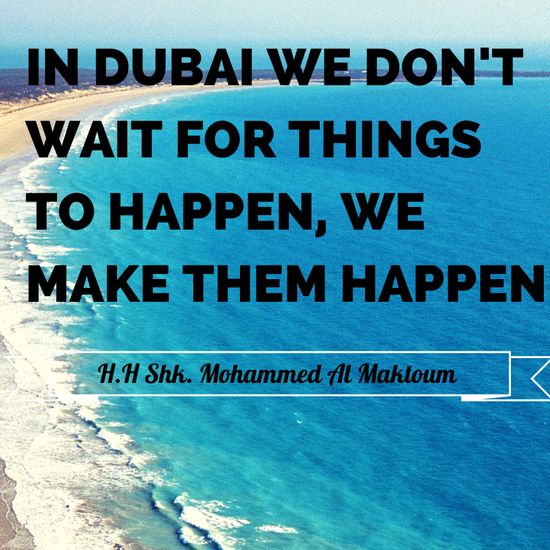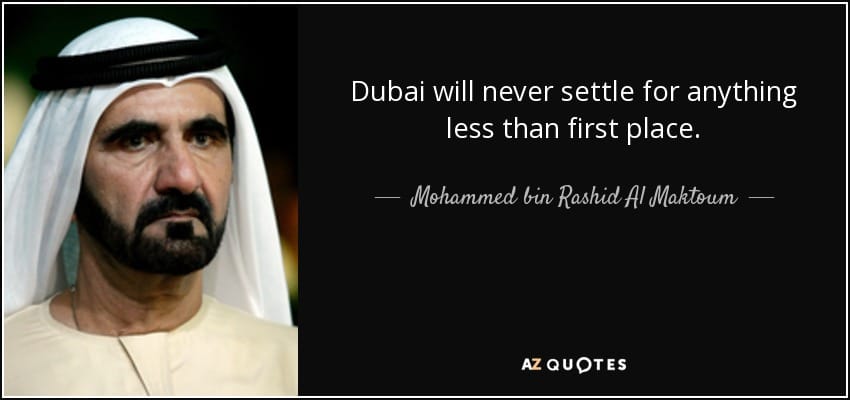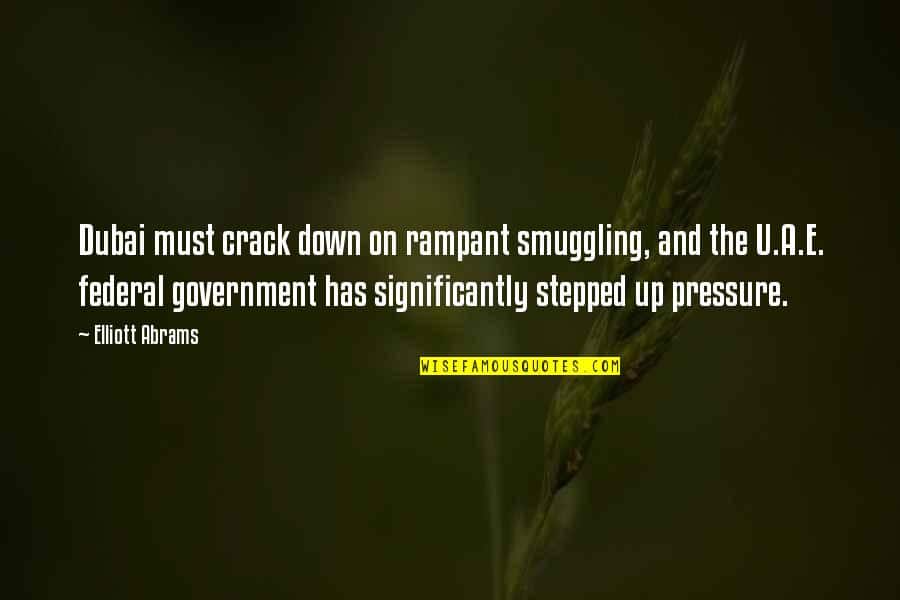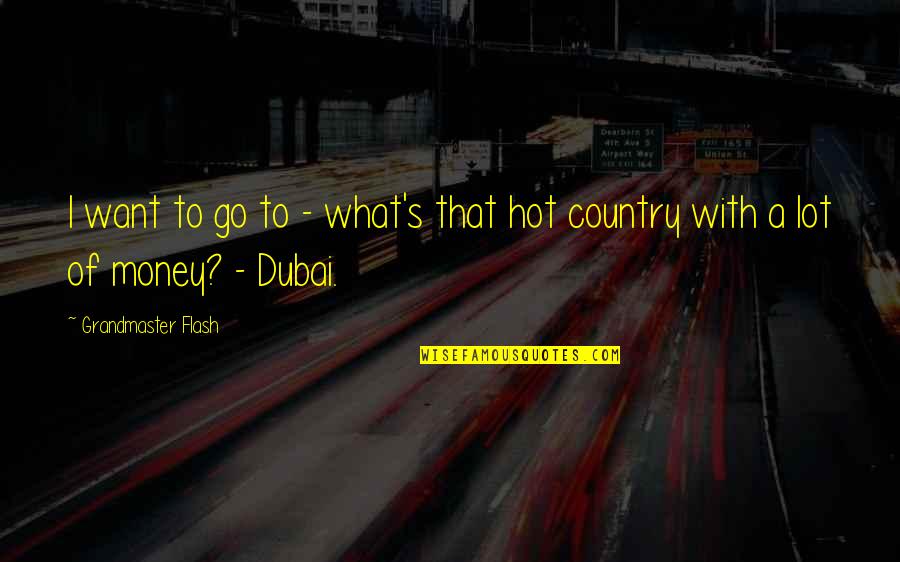يقدم لكم موقع اقرأ مجموعة من أروع عبارات عن دبي بالانجليزي ، و تعبير عن رحلة الى دبي بالانجليزي قصير ، و مدينة دبي بالانجليزي ، و برجراف عن دبي مول بالانجليزي ، و اسم دبي بالانجليزي ، و تعبير عن طقس دبي بالانجليزي ، و تعبير عن ثقافة الامارات بالانجليزي ، موضوعنا في هذا المقال على موقع اقرأ، سنتحدث فيه عن أجمل عبارات عن دبي بالانجليزي ، سنضع بين أيديكم باقة كبيرة جداً من أجمل الكلمات ، نتمنى أن تنال اعجابكم:
عبارات عن دبي بالانجليزي
مدينة دبي هي أكبر مدينة مأهولة بالسكان في دولة الإمارات العربية المتحدة، وعاصمة إمارة دبي ، وتسمى المدينة أحيانًا ” مدينة دبي” لمنع اختلاطها مع الإمارة، وفي هذا المقال نعرض لكم العديد من عبارات عن دبي بالانجليزي ، ومنها :
تعبير عن رحلة الى دبي بالانجليزي قصير
تعتبر دبي من اجمل مدن العالم ومن اجمل الوجهات السياحية في العالم التي يقصدها كل السياح من كافة انحاء العالك فهنا ستجد موضوع تعبير عن رحلة الى دبي بالانجليزي قصير ، تابعوا القراءة :
- النموذج :
Dubai is one of the most attractive Arab countries for tourists because of its excellence, its brilliance in many areas, the presence of huge buildings, many international hotels and restaurants that offer the most delicious dishes. There are some of the tourist attractions that must be visited when going to Dubai.
I went with my friends on vacation on a trip to Dubai and was really one of the best flights in my life and I would like to tell you about all the tourist places we went to in Dubai.
Burj Khalifa, one of the world’s tallest towers, has entered the Guinness Book as the tallest building in the world and is frequented by tourists from all over the world to enjoy watching movies, shopping, eating or dining.
The Armani Hotel, located in the Burj Khalifa, is one of the most famous hotels in Dubai due to its outstanding service. You can watch the dancing fountain, enjoy the music, and visit the Dubai Mall, which has the best and most famous international brands.
Flower Garden: Located in the middle of the desert on Umm Suqeim Street, this park is considered to be one of the oddities of science. It has millions of kinds of flowers.
It also contains many of the features of flower-shaped countries such as the Eiffel Tower, pyramids and many other forms with excellence and creativity. you can visit when you go to Dubai and enjoy seeing flowers and creativity.
Zoo: The zoo is located in the Jumeirah area, with many animals and water parks. The park is open from 10 am and closes at 6 pm.
Wonder Land Dubai: Dubai’s largest and most diverse gaming city, one of the most exciting games for young people and adults, featuring stunning water sports in Splash land.
Ski Dubai: one of the most fun places to ski, equipped with all the appropriate equipment for it.
Dubai Creek Park: Located on Riyadh Street, It contains many thrill games , the cable car, and dolphins shows , tourists come from all over the world to spend a wonderful day out.
Jumeirah Road: It is a must visit when you go to Dubai, it has many huge buildings and a great design, and Jumeirah Beach, which runs along the area and the city of Wild.
Dubai Safari: one of the most important places to visit when you come to Dubai; to stay away from the bustling city atmosphere, this journey offers an atmosphere of adventure, camping, sand dunes and wonderful sitting.
مدينة دبي بالانجليزي
وفي هذه الفقرة سوف نسرد لكم أيضا نموذج موضوع تعبيري عن مدينة دبي بالانجليزي ، تابعوا القراءة :
النموذج :
The Emirate of Dubai is located on the east coast of the Arabian Peninsula and on the south west of the Arabian Gulf.
It is one of the world’s most famous tourist destinations, with the sun shining throughout the year, the magnificent beaches, hotels and international markets.
Islam is the official religion of the Emirate, despite the existence of many non-Muslims, and many tourists come to them but they all respect the official religion.
The dirham is the official currency.
The people of the emirate have retained their original identity and are proud of it despite their modern and sophisticated character.
They were able to mix them intelligently.
The nature of the emirate of Dubai is desert as an integral part of the nature of the United Arab Emirates and the Arabian Gulf, with the presence of many beautiful oases.
The Emirate of Dubai was founded in 1833 when a group of only 800 people from the Bani Yas tribe led by Al Maktoum established stability in the Al Khor area, which was a natural port.
At the beginning of the 20th century, Dubai became a famous port with a population of 20,000 , And the residents constituted a quarter, and had a market located in the area of Deira is one of the most famous markets in that period in the entire coast; it had a total of 350 shops; so visitors and tourists were always meant.
In the mid-1950s, however, the number of vessels heading to Al Khor port increased, increasing the amount of lagoons filling the area.
Sheikh Rashid bin Saeed Al Maktoum ordered the dredging and cleaning of the bottom, increasing the number of vessels using the port.
Dubai flourished when oil was discovered in 1966.
It was used to build a strong base for the emirate.
It built schools, hospitals and roads.
The world’s largest artificial port was built in Jebel Ali, and a new and modern building and port was built at Dubai International Airport.
برجراف عن دبي مول بالانجليزي
ويوجد في دبي العديد من مراكز التسوق ويطلق على دبي مول ، وهو أحد أكبر مراكز التسوق في العالم ، أكبر مركز تجاري في العالم، و نعرض لكم في الآتي نموذج برجراف عن دبي مول بالانجليزي ، تابعوا معنا :
- النموذج :
Dubai Mall is famous for many things, including the following:
It contains the best retail stores of clothing, electronics, children’s needs, food and entertainment. It is famous for having an ice rink, which is also where exciting and lively shows are presented. It has the so-called Dubai Aquarium, which is the largest aquarium in the world, containing 10 million liters of water, 140 species of marine creatures, and more than 33,000 species of aquatic life, and 400 species of sharks, and offers many aquatic activities. Recreational and exotic, including the possibility of walking under water, watching 270 different degrees of marine life, in addition to snorkeling, diving, and feeding sharks.
It is distinguished by the presence of the sea horse fountain, which is a fountain made of Italian marble, equipped in an ornate architectural style. The main entrance to the mall includes a beautiful man-made waterfall. There is a group of fountains dancing to the rhythm of music, which are located outside the mall, and next to the Burj Khalifa.
- الترجمة :
يشتهر مول دبي بأمور عديدة، ومنها ما يأتي:
- يحتوي على أفضل متاجر التجزئة، والمتمثّلة بالملابس، والإلكترونيات، وحاجيّات الأطفال، والأطعمة، والأماكن الترفيهيّة. يشتهر بوجود حلبة التزلّج على الجليد التي يتم بها أيضاً تقديم العروض المُثيرة، والمليئة بالحيويّة.
- يوجد به ما يُسمى بدبي أكواريوم، وهو أكبر حوض أسماك في العالم، حييث يحتوي 10ملايين لتر من الماء، و140 نوعاً من الكائنات البحريّة، كما يتواجد بداخله ما يزيد عن 33.000 نوع من الأحياء المائيّة، و400 نوع من أسماك القرش، ويُقدّم العديد من الأنشطة المائيّة الترفيهيّة والغريبة ومنها إمكانية المشي تحت الماء، ومُشاهدة 270 درجةً مُختلفةً من الحياة البحريّة، بالإضافة إلى الغطس، والغوص، وإطعام أسماك القرش. يتميز بنوجود نافورة حصان البحر، وهي نافورة مصنوعة من الرخام الإيطاليّ، ومُجهزّة على الطراز المعماريّ المُزخرف.
- يضم المدخل الرئيسيّ للمول على شلال جميل من صنع الإنسان. توجد مجموعة من النافورات الراقصة على أنغام الموسيقى، والتي تقع خارج المجمع التجاريّ، وبجوار برج خليفة.
اسم دبي بالانجليزي
- اسم دبي بالانجليزي : Dubai
تعبير عن طقس دبي بالانجليزي
و تسلسلا مع ما نقدمه عبر فقرات هذا المقال نعرض لكم أيضا نموذج جاهز لموضوع تعبيري عن طقس دبي بالانجليزي ، تابعوا القراءة :
- النموذج :
Climate, weather, and weather United Arab EmiratesThe climate is hot, even hot, and sunny. Statistics show an average of only 13 days of rain per year in Abu Dhabi for a total of 126 mm of rainfall (585 mm in Paris). These light rains fall in winter, between November and April. The rare rains are violent, especially in the mountains of the East.summerSide temperatures, it’s a bit like in a furnace: 50 ° C are nothing exceptional between May and September, at midday. The heat is all the more painful as the humidity, due to the evaporation of the Gulf waters, reaches 90 to 95% some days. Stifling is a weak word.The Emirati (and expats, very many) do not go out anymore: they hide in the shade of the air conditioning and wait for it to pass. Even the restaurant terraces are closing.A burning wind, the shammal, can blow: it is then the sandstorm, which makes the circulation almost impossible.WinterThe mercury remains mild, with 25-26 ° C average diurnal in January. In contrast, the nights are (very) cool in the desert. Regularly, strong winds of sand veil the sky during days.When to go to the United Arab Emirates?The best time is between November and the end of April: the temperatures are pleasant and the nights are cool, sometimes even a little cold.
تعبير عن ثقافة الامارات بالانجليزي
وفي ختام مقالنا سوف نتبين نموذج تعبير عن ثقافة الامارات بالانجليزي ، تابعوا معنا :
- النموذج :
The United Arab Emirates is home to a rich cultural heritage that has been strongly influenced by its unique environment. The region’s varied terrain, desert, oasis, mountains and coast, dictated the traditional lifestyles that evolved over the centuries. A resilience and resourcefulness necessary to survive in these harsh conditions was fostered by society’s age-old tribal structure: each family was traditionally bound by obligations of mutual assistance to his immediate relatives and to the tribe as a whole. Among the tribe an individual’s selfless hospitality was the source of his honour and pride. A common religion, Islam, also provided the cement that held society together.
The UAE has a long history stretching back for tens of thousands of years, if new archaeological finds made in 2006 are substantiated. Prior to this recent discovery, the earliest known human occupation for which there is significant evidence dated from 7500 years ago, when the climate was wetter. Even at this early stage, there is proof of interaction with the outside world, especially with civilisations to the north. These contacts persisted and became wide-ranging, probably motivated by trade in copper from the Hajar Mountains, as the climate became more arid and fortified oasis communities focused on agriculture.
Foreign trade, the recurring motif in the history of this strategic region, seems to have flourished also in later periods, facilitated by domestication of the camel at the end of the second millennium. At the same time, the discovery of new irrigation techniques (falaj irrigation) made possible the extensive watering of agricultural areas that resulted in a veritable explosion of settlement in the region.
By the first century AD overland caravan traffic between Syria and cities in southern Iraq, followed by seaborne travel to the important port of Omana (probably present-day Umm al-Qaiwain) and thence to India was an alternative to the Red Sea route used by the Romans. Pearls had been exploited in the area for millennia but at this time the trade reached new heights. Sea faring was also a mainstay and major fairs were held at Dibba bringing merchants from as far afield as China.
The arrival of envoys from the Prophet Muhammad in 630 AD heralded the conversion of the region to Islam with Dibba again featuring, this time as a battleground in the wake of the Prophet’s death. By 637 AD Islamic armies were using Julfar (Ra’s al-Khaimah) as a staging post for the conquest of Iran. Over many centuries, Julfar became a wealthy port and pearling centre of considerable importance from which great wooden dhows ranged far and wide across the Indian Ocean, trading to Mombasa in Kenya, Sri Lanka, Vietnam and China.
The Portuguese arrival in the Gulf in the sixteenth century had bloody consequences for the Arab residents of Julfar and other East Coast ports like Dibba, Bidiya, Khor Fakkan and Kalba. However, while European powers competed for regional supremacy, a local power, the Qawasim, were gathering strength. At the beginning of the nineteenth century they had built up a fleet of over 60 large vessels and could put nearly 20,000 sailors to sea, eventually provoking a British offensive to control the maritime trade routes between the Gulf and India.
Inland, the arc of villages at Liwa was the focus of economic and social activity for the Bani Yas from before the sixteenth century. But by the early 1790s the town of Abu Dhabi had become such an important pearling centre that the political leader of all the Bani Yas groups, the Sheikh of the Al Bu Falah (Al Nahyan family) moved there from the Liwa. Early in the nineteenth century, members of the Al Bu Falasah, a branch of the Bani Yas, settled by the Creek in Dubai and established Maktoum rule in that emirate.
Following the defeat of the Qawasim, the British signed a series of agreements with the sheikhs of the individual emirates, beginning in the 1820s, that, later augmented with treaties on preserving a maritime truce, resulted in the area becoming known as ‘The Trucial States’.
The pearling industry thrived in the relative calm at sea during the nineteenth and early twentieth centuries, providing both income and employment to the people of the Arabian Gulf coast. Many of the inhabitants were semi-nomadic, pearling in the summer months and tending to their date gardens in the winter.
Negative impacts caused by the First World War and the economic depressions of the 1920s and 1930s, compounded by Japanese invention of the cultured pearl, finally brought the local pearling industry to an effective end just after the Second World War, when the newly independent Government of India imposed heavy taxation on pearls imported from the Gulf. This was catastrophic for the area. Despite their resourcefulness, the population faced considerable hardship with little opportunity for education and no roads or hospitals.
Fortunately oil was on the horizon and in the early 1930s the first oil company teams arrived to carry out preliminary surveys and the first cargo of crude was exported from Abu Dhabi in 1962. With revenues growing as oil production increased, Sheikh Zayed bin Sultan Al Nahyan, who was chosen as Ruler of Abu Dhabi on 6 August 1966, undertook a massive programme of construction of schools, housing, hospitals and roads. When Dubai’s oil exports commenced in 1969, Sheikh Rashid bin Saeed Al Maktoum, de facto Ruler of Dubai since 1939, was also able to use oil revenues to improve the quality of life of his people.
Following the British withdrawal from the Gulf, a federation of initially six and later seven emirates, to be known as the United Arab Emirates (UAE), was formally established on 2 December 1971 with Sheikh Zayed who had been instrumental in its formation, as its first President and Sheikh Rashid as Vice-President.
TRADITIONS Development has taken place on an unprecedented scale in the UAE and there is a deep awareness that the traditions that were the mainstay of past generations may be lost in the clamour of modern life. Therefore, preserving this cultural legacy and introducing the youth of today to the customs of their resilient forefathers is a crucial component of UAE government strategy. As a visit to a local school, feast or festival is likely to confirm, Emirati music, dance, poetry, story-telling, and heritage sports such as falconry, camel-racing and sailing are alive and well.
A key part of the preservation process has involved making sure that physical evidence of the UAE’s rich heritage is not lost and conservation of many of its unique archaeological and architectural sites and its manuscripts has been given top priority. Literature and customs are widely studied in schools, while museum displays, heritage villages and the rebuilding of vanished monuments have helped to create a context and feel for this cultural legacy.
CULTURAL DEVELOPMENTS : Development of Saadiyat Island is the cornerstone of Abu Dhabi’s ambitious plans to transform the emirate into a major tourist destination, with cultural tourism being the driving force behind this inspiring project. Saadiyat’s Cultural District will contain a series of spectacular innovative buildings designed by four of the world’s leading architects: Frank Gehry’s Guggenheim, Tadao Ando’s Maritime Museum, Jean Nouvel’s Louvre and Zaqha Hadid’s Performing Arts Centre. The area will also have a National Museum, a number of individual pavilions and open-air spaces.





